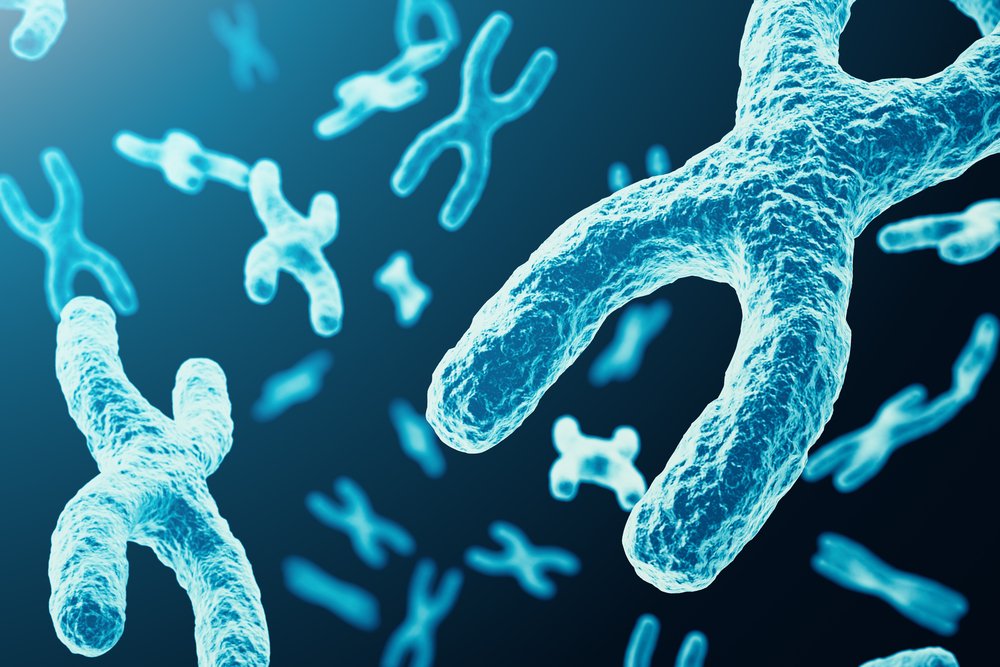HDAC Inhibitors a Promising Treatment Option in Friedreich’s Ataxia, Researchers Suggest
Written by |

A type of compound called HDAC inhibitors show promise as therapy for Friedreich’s ataxia, according to two researchers at The Scripps Research Institute in California.
However, current drug candidates need to be improved to be suitable for use in a chronic condition such as Friedreich’s ataxia.
In the study, “Translating HDAC inhibitors in Friedreich’s ataxia,” the duo reviewed available studies showing that gene mutations that cause the disease prevent the “reading” of the frataxin gene. HDAC inhibitors could potentially overcome this silencing. The work was published in the journal Expert Opinion on Orphan Drugs.
The gene mutation in Friedreich’s ataxia most often consists of repeat stretches of a GAA DNA base sequence. The mutation does not reside in the part of the gene that codes for the frataxin protein. Instead, numerous studies show that the three base-pair repeats trigger changes that prevent the gene from being active.
Such changes include epigenetic mechanism — a cell-based system for tagging a gene with molecules that make sure the protein-producing machinery does not read the gene to produce a protein.
The mutations also trigger changes in how the DNA is folded into a three-dimensional structure, and how it is packed into the dense structure known as chromatin. A denser chromatin structure also prevents a gene from being active.
HDAC (histone deacetylase) inhibitors are small molecules that enter the cell nucleus, and loosen up the chromatin. Humans have 18 HDAC enzymes, and the inhibitors developed against them belong to several chemical classes.
The two researchers — Elisabetta Soragni and Joel M. Gottesfeld — had earlier screened for HDAC inhibitors that could activate the frataxin gene in lab-grown cells derived from patients. They identified one type of compound that succeeded in the task, called 2-aminobenzamides. The compound was also effective in mouse models of the disease.
Other researchers have also identified the class III HDAC inhibitor nicotinamide (vitamin B3) as effective in activating the frataxin gene.
Since HDAC blockers impact gene transcription also in other genes, potential side effects are an important concern. An overview showed that HDACs, belonging to the 2-aminobenzamide class, trigger mostly minor changes in gene expression of other genes. Animal experiments also confirm the safety of this drug class.
So far, one clinical trial has studied the effects of an HDAC inhibitor belonging to the 2-aminobenzamide class, and another focused on nicotinamide, in patients with Friedreich’s ataxia.
A small Phase 1b study in 20 patients found that the compound increased frataxin mRNA in 19 of the 20 patients. Protein levels were not statistically increased, likely because of a short treatment period. The drug did not trigger any adverse events.
While the study of nicotinamide showed increases also in frataxin protein levels, high doses of the vitamin triggered nausea in all patients and vomiting in half of the patients receiving the highest doses. Considering that nicotinamide is not selective, the side effects were not surprising.
But the 2-aminobenzamide compound used in the trial is also not optimal for treatment of Friedreich’s ataxia. It does not enter the brain in sufficient quantities, and the breakdown of the drug in the body gives rise to potentially toxic or cancer-causing metabolites.
Modifications of the compound are, therefore, needed before further clinical development can take place.
Nevertheless, the two researchers concluded that 2-aminobenzamides are the class of HDAC inhibitors that show the most promise for treatment development in Friedreich’s ataxia.





